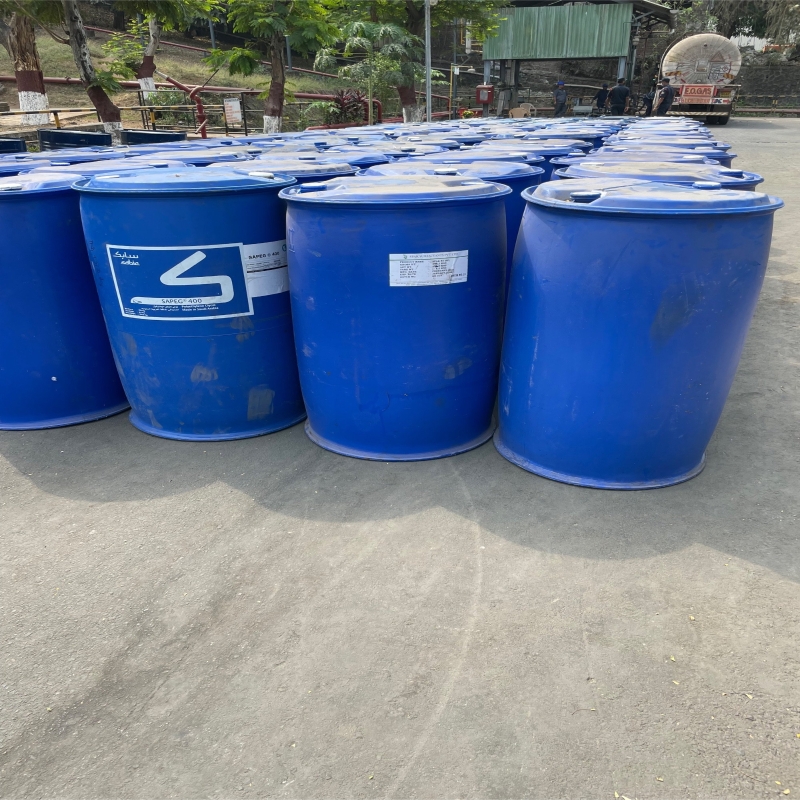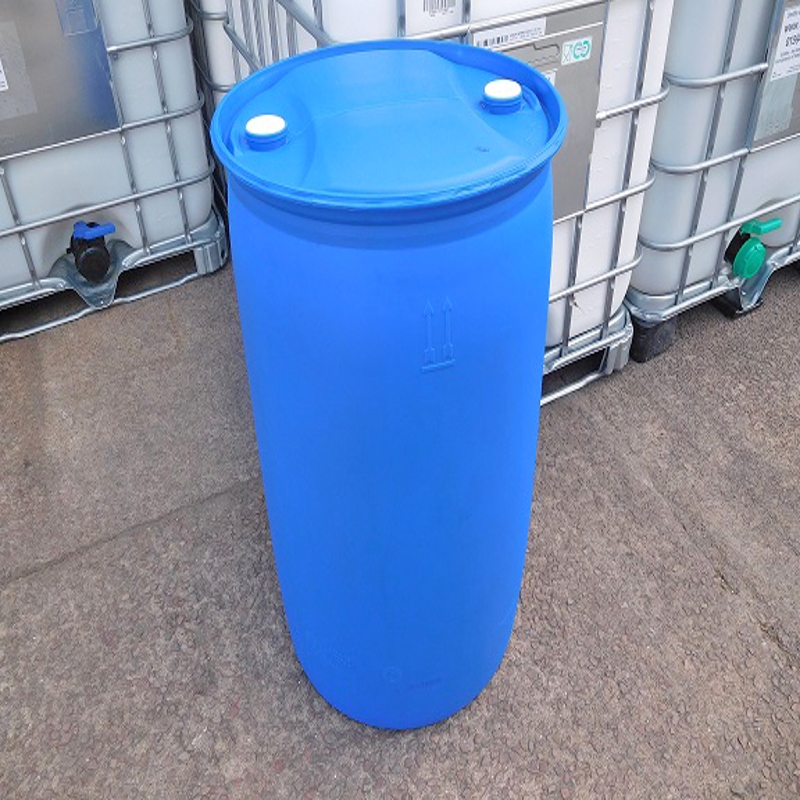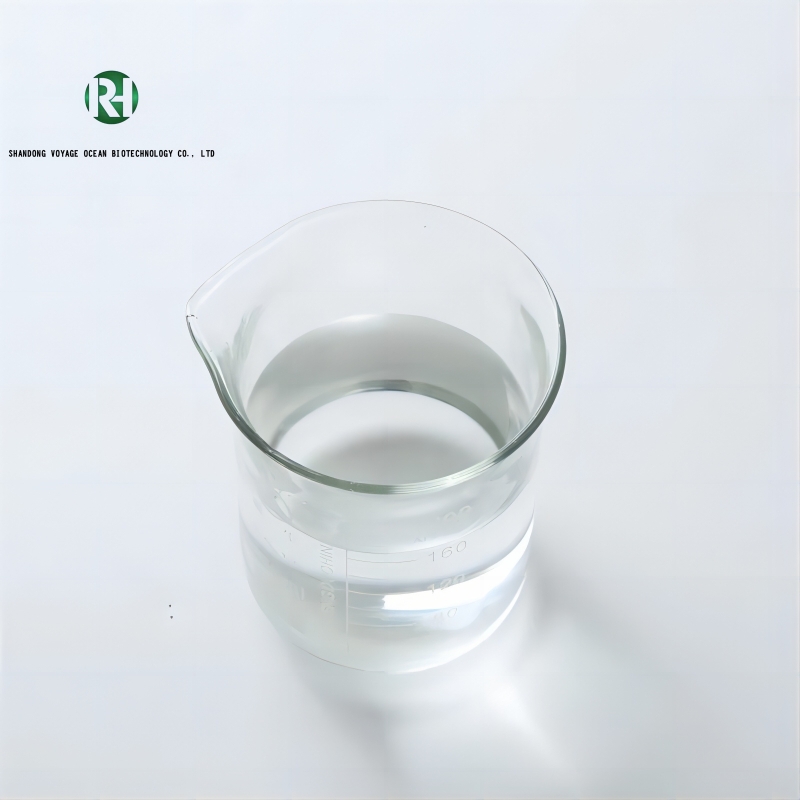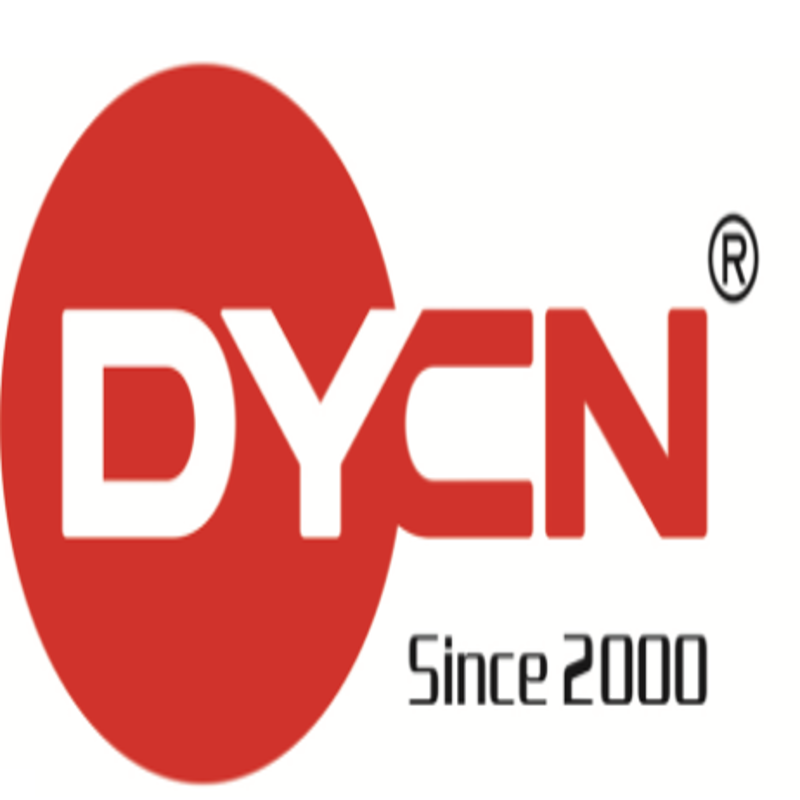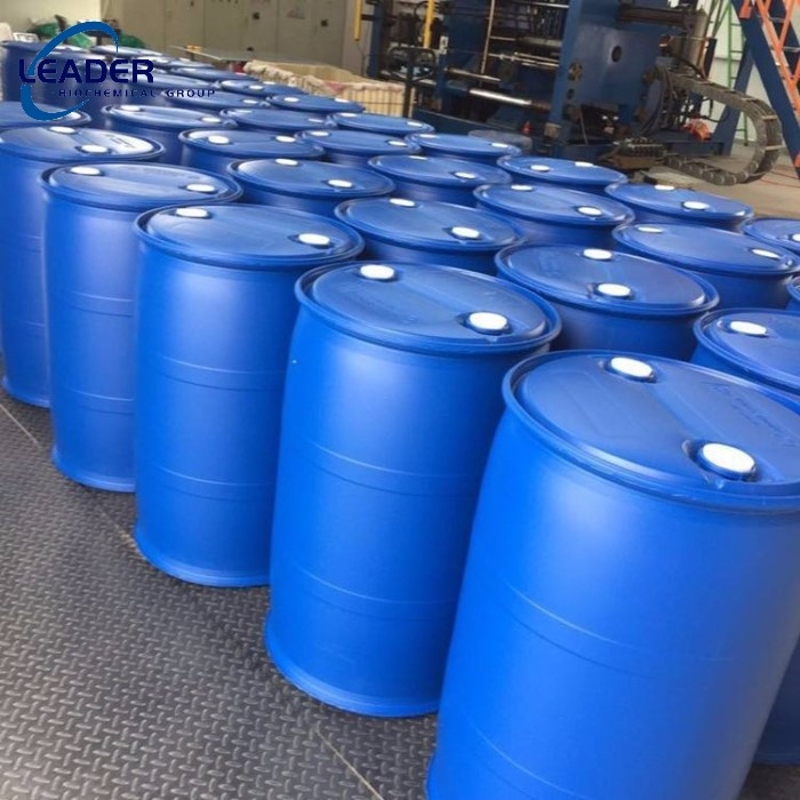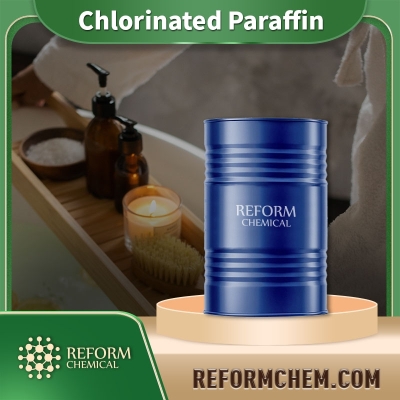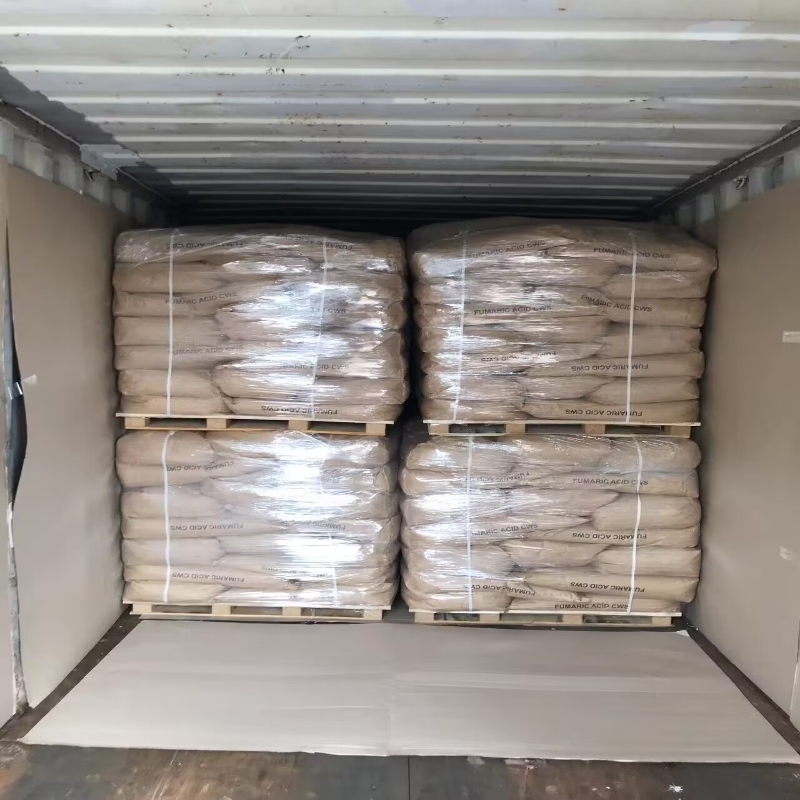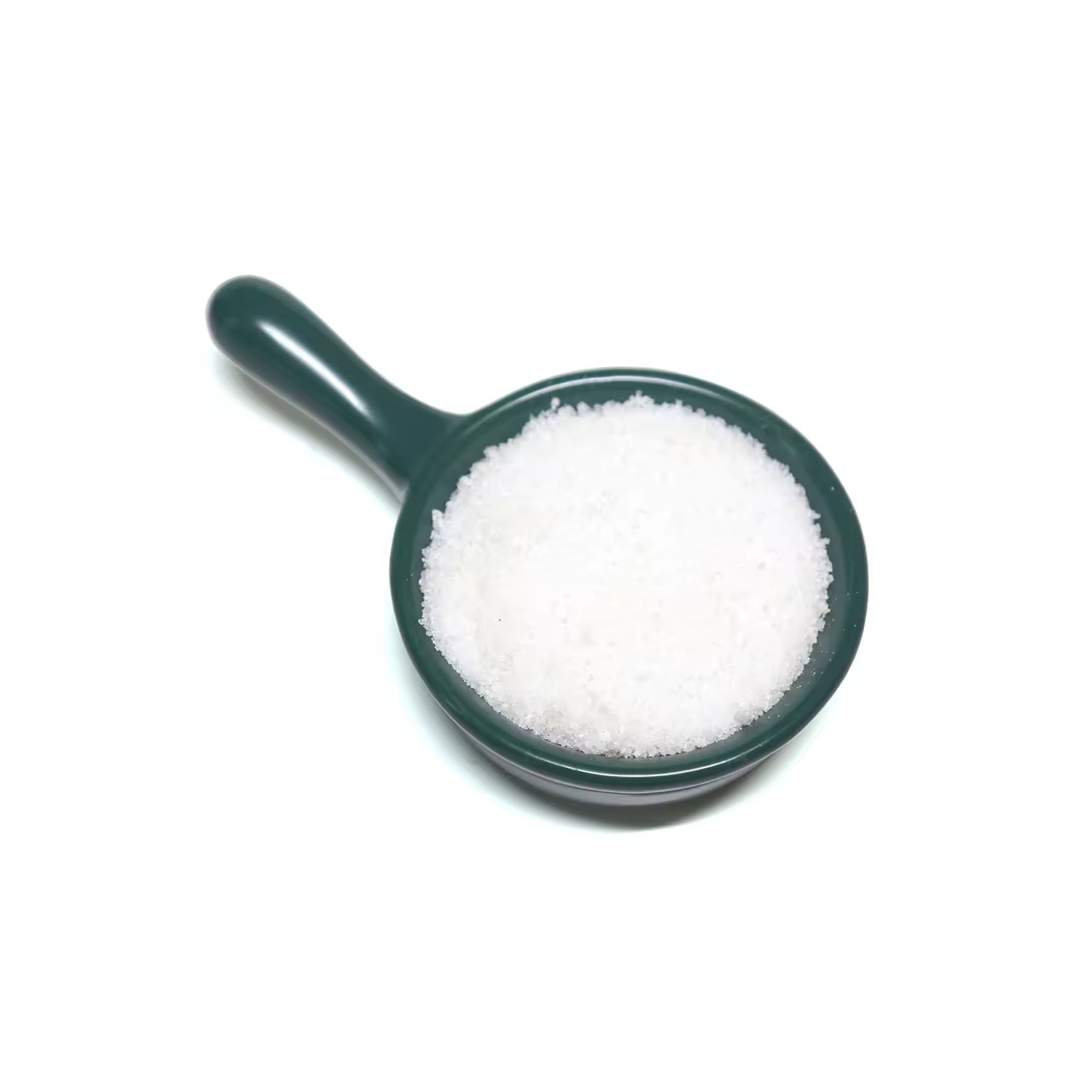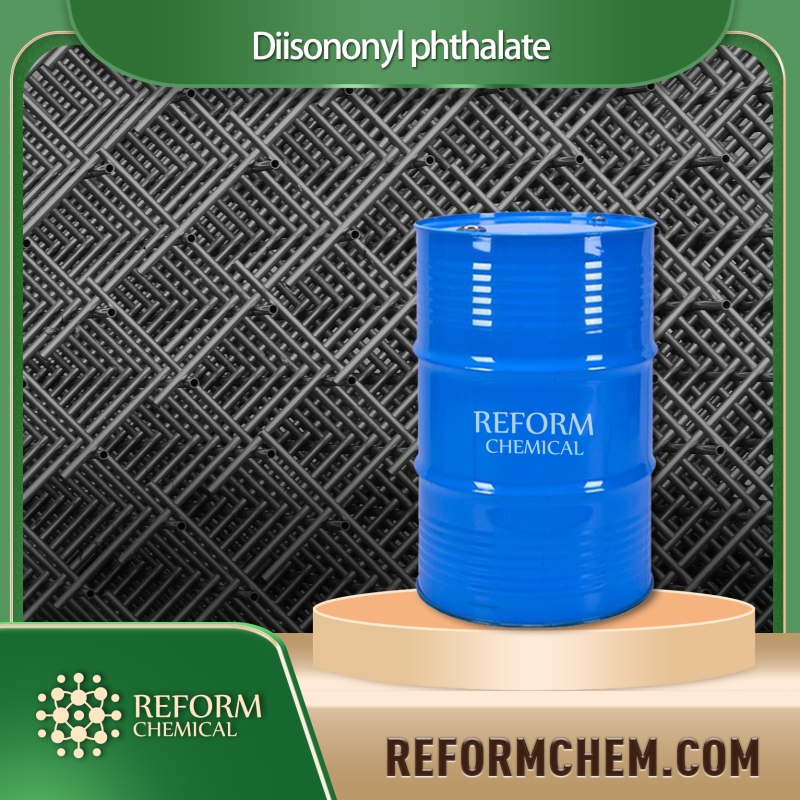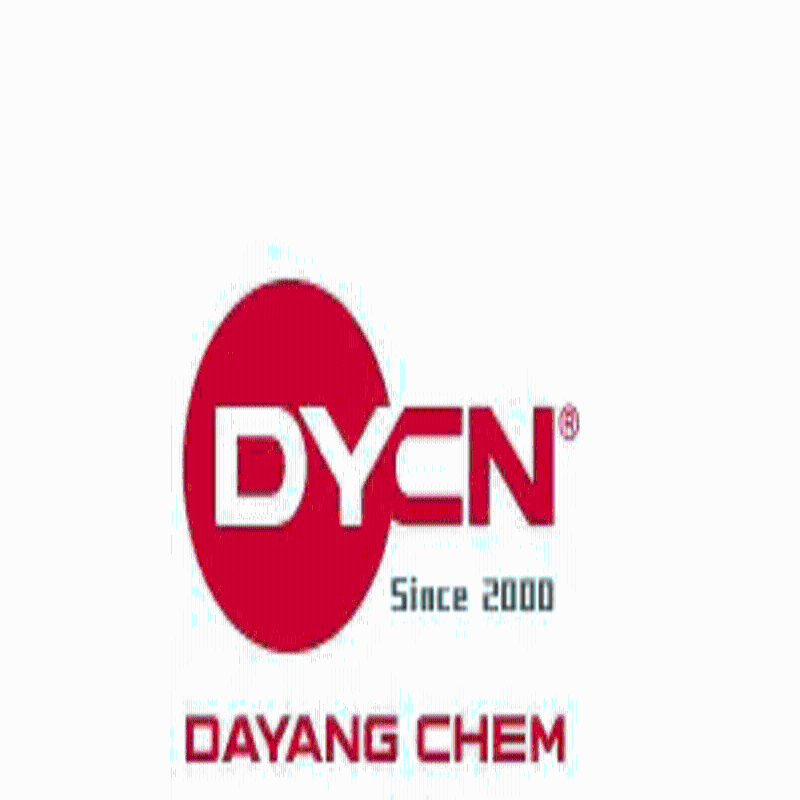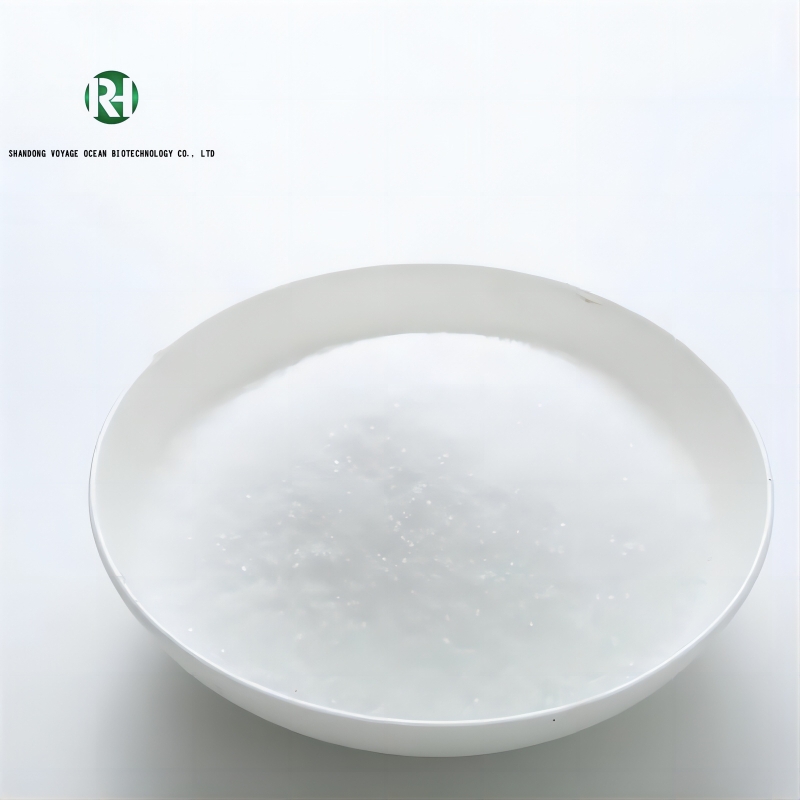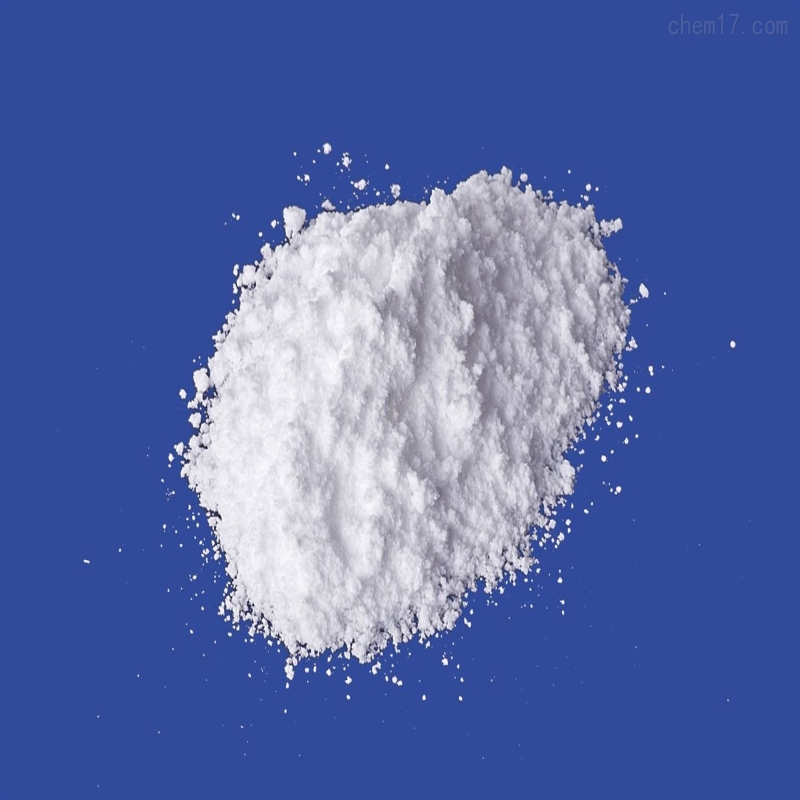Catalyst and Auxiliary
- • Antioxidants (109)
- • UV Absorbers (92)
- • Polyethylene Glycol Derivatives (66)
- • Fluorescent Brightener (62)
- • Plastic Rubber Chemicals (89)
- • Polymer (464)
- • Precious Metal Catalysts (239)
- • Coupling Agent (8)
- • Zeolite (5)
- • Flame Retardants (10)
- • Petrochemical (22)
Related News
-
ICE USA 2024
2023-05-15 -
Sumitomo Chemical to achieve acrylic resin pyrolysis recovery MMA process
2022-12-29 -
Ponding chemistry in the united states to increase production of foamed plastics
2022-11-24 -
LG Chem is expected to build a new plastic recycling plant with an estimated capacity of more than 20,000 tons
2022-11-22 -
Scientists create entirely new material with plastic and metal properties that ‘can’t be explained’
2022-10-28 -
From 'Bottle' to 'Bottle' : The Recycling of beverage bottles, China awaits action
2022-10-25
Plastic Rubber Chemicals
Dibutyl phthalate
(84-74-2)2. Plasticizer
-
Industrial Grade / 99%
-
Industrial Grade / 99%
-
Industrial Grade / 99%
-
Industrial Grade / 100%
Epoxidized soybean oil
(8013-07-8)-
Industrial Grade / 98%
-
Industrial Grade / 100%
-
Industrial Grade / 99%
-
Industrial Grade / -
Acetyl tributyl citrate
(77-90-7)2. Plasticizer flavoring agent
-
Industrial Grade / 98%
-
Industrial Grade / 99%
-
Industrial Grade / 99%
-
Industrial Grade / 99.0%
Tributyl citrate
(77-94-1)-
Industrial Grade / 99%
-
Industrial Grade / 99%
-
Industrial Grade / 99%
-
Industrial Grade / 99.0%
Request for quotation , get quotes from more suppliers.
Paraffin waxes, chloro
(63449-39-8)-
Industrial Grade / 99%
-
Industrial Grade / 99%
-
Industrial Grade / 100%
-
Industrial Grade / 99%
Source Plastic Rubber Chemicals Products Supply
-
Industrial Grade / 99%
-
industrial Grade / 98%
-
Industrial Grade / 99%
-
Industrial Grade / 97%
Request for quotation , get quotes from more suppliers.
Chlorinated natural rubber
(9006-03-5)-
Industrial Grade / 99%
-
Industrial Grade / 99%
-
Industrial Grade / 99%
$2.22-2.32/KG FOB
-
Industrial Grade / 67%
$3000-3285/MT FOB
Request for quotation , get quotes from more suppliers.
Diisononyl phthalate
(28553-12-0)-
Industrial Grade / 99%
$5-6.5/KG FOB
-
Industrial Grade / 99%
-
Industrial Grade / 98%
-
Industrial Grade / 99%
Request for quotation , get quotes from more suppliers.
Paraformaldehyde
(30525-89-4)-
Industrial Grade / 100%
-
Industrial Grade / 96%
-
Industrial Grade / 99%
$20-25/MT FOB
-
Industrial Grade / 99%
Dibasic Ester
(95481-62-2)It can help maintain the balance of volatilization speed, avoid the defects caused by the film blasting and over-baking due to the too fast volatilization speed, can give the coating film a smooth appearance, improve the toughness and post-processability, and improve the hiding power of the pigment.
2. Paint industry
There is sacrificing special volatility. As the temperature rises, its volatilization rate increases faster than other solvents, that is, the vola
-
Industrial Grade / 98%
-
Industrial Grade / 98%
-
Industrial Grade / 98%
$10/KG EXW
-
Industrial Grade / 99%
$1/KG EXW
More Information
Plastic rubber also referred to as thermoplastic elastomers (TPEs) is a group of materials that combines properties of plastics and rubber. This novel material combines the elasticity of rubber and the processing of thermoplastics with their ability to be recycled. Plastic rubber materials are widely used in different industries because of the features and various uses they hold.
Among the plastic rubber products, there are plastic rubber bands as one of the most popular types. These bands have the following benefits compared to ordinary rubber bands: They are more durable, they do not get easily damaged by ultraviolet light, and they do not lose their colour easily. The fact that plastic rubber materials can be processed like conventional plastics has made them a widely acceptable choice in many industrial applications.
Some key applications of plastic rubber include:
• Automotive industry: Applicable in automotive weather seals, hoses and vibration dampers.
• Consumer goods: It is used to make soft grip handles, phone cases, and footwear.
• Medical devices: Used in tubing, seals and flexible parts











